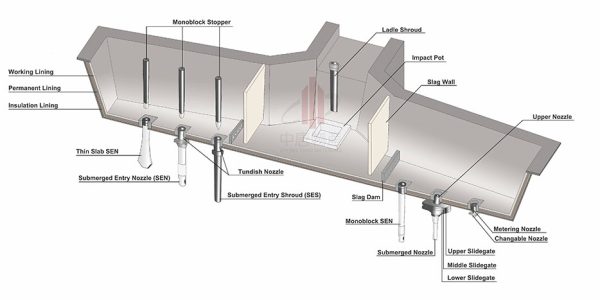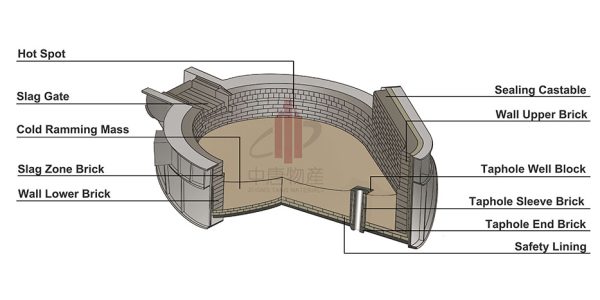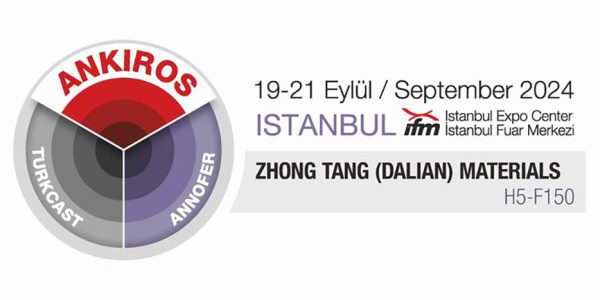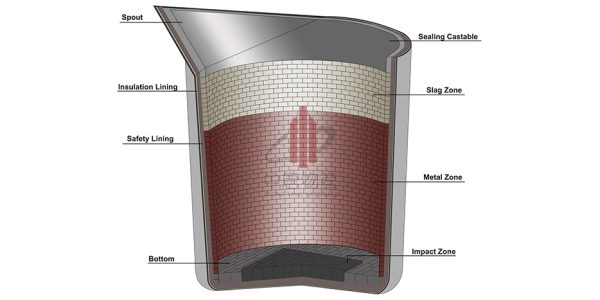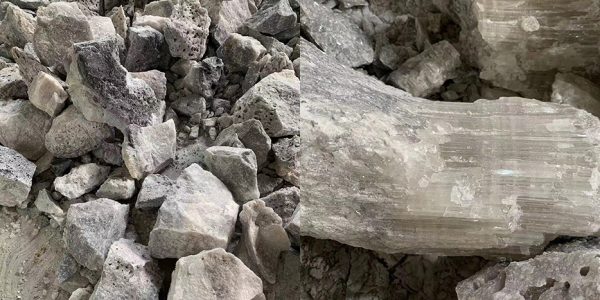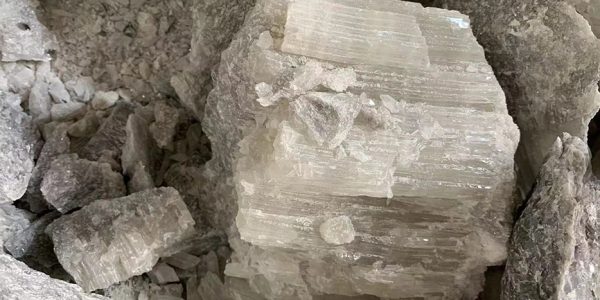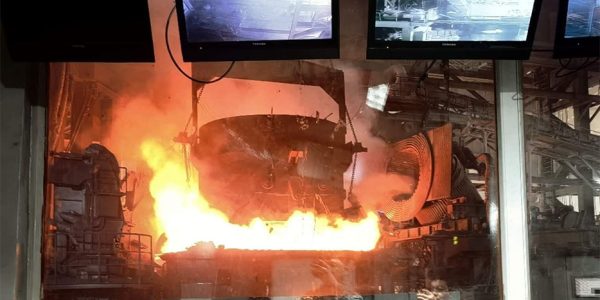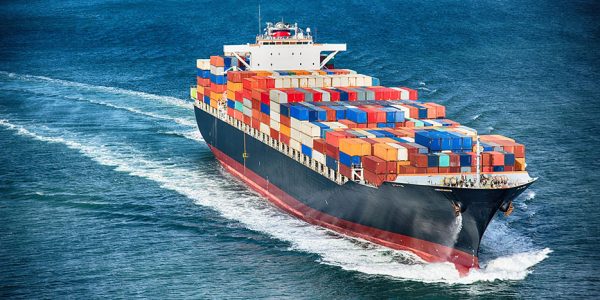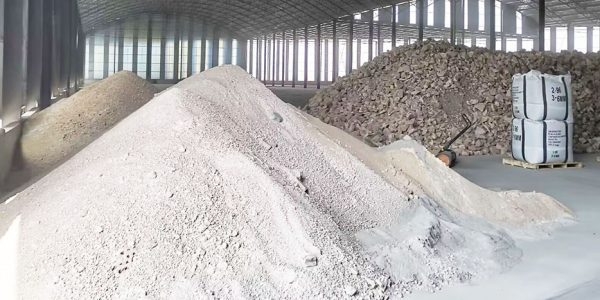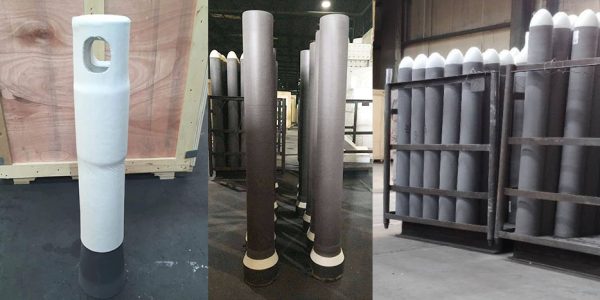In the steel production industry, the ladle is an essential piece of equipment responsible for transporting molten metal from the steelmaking furnace to the continuous casting machine. Since the service life and stability of the ladle lining are critical, they directly affect production efficiency and longevity. Therefore, ZTM recognizes these vital needs and offers comprehensive refractory brick solutions for ladles to enhance refractory material lifespan, reduce maintenance frequency, and ensure safe ladle operations under high temperatures and pressures. 1. Key Considerations in Refractory Brick Selection During operation, ladles endure extreme temperatures and corrosive slags, which lead to wear, erosion, and cracking of the lining. Consequently, selecting the right refractory brick material is crucial for maintaining ladle performance. ZTM provides a range of refractory brick solutions for ladles, including magnesia-carbon bricks and alumina-magnesia spinel bricks. These materials are known for their exceptional slag resistance, high-temperature stability, and thermal shock resistance. Depending on the specific conditions in which your ladle operates, ZTM will recommend the most suitable material combination to ensure optimal performance. Magnesia-Carbon Bricks: Manufactured from premium fused magnesia and flake graphite, these bricks deliver superior slag resistance, corrosion resistance, and thermal shock stability, effectively protecting the ladle’s sidewalls from molten steel and slag erosion. Alumina-Magnesia Spinel Bricks: Comprising high-purity fused magnesia, tabular alumina, and flake graphite, these bricks offer excellent resistance to thermal shock, corrosion, erosion, and chemical attacks, making them ideal for high-demand processes involving complex steel compositions. MGO-C BRICK FOR LADLE AL₂O₃-MGO-C BRICK 2. Customized Refractory Brick Solutions for Ladles Given that every steel plant has unique ladle dimensions and operating conditions, ZTM offers fully customized refractory brick solutions for ladles. We tailor the brick shapes and formulations according to the specific dimensions and steel grades used by our customers to ensure optimal performance. No matter how complex your ladle design, we can adjust the brick shapes and material ratios to ensure the best performance and extended service life in practical applications. 3. Quality Control of Refractory Bricks At ZTM, we implement strict quality control throughout the production process of our ladle refractory bricks, from raw material selection, batching, forming, and sintering to final inspection. This meticulous attention to quality ensures that the bricks maintain high performance during use, significantly reducing safety risks associated with brick quality issues. MGO-C BRICK PRODUCE FACILITY INTRODUCTION 4. Strategies to Extend Ladle Service Life Not only does ZTM provide high-quality refractory bricks, but we also offer comprehensive strategies to extend the service life of ladles. By optimizing the selection and usage of refractory materials, we help customers reduce the frequency of ladle lining replacements and lower maintenance costs. Additionally, ZTM’s refractory brick products possess outstanding thermal shock stability, effectively minimizing damage caused by temperature fluctuations, reducing the occurrence of accidents, and ensuring the continuity and safety of the steel production process. As a result, this further extends the ladle’s service life. 5. Customer Support and Technical Services When you choose ZTM, you are not just purchasing refractory brick products; you are selecting a comprehensive refractory material solutions provider! We offer full support to our customers, from design, material selection, and construction to after-sales service. Our technical team, with extensive industry experience, provides tailor-made refractory brick solutions for ladles and promptly responds to customer needs. Moreover, ZTM’s after-sales service team regularly monitors the condition of ladle linings and provides necessary technical support and maintenance recommendations to ensure that customers’ ladles are always in optimal working condition. Contact Us Related Posts More Blog

